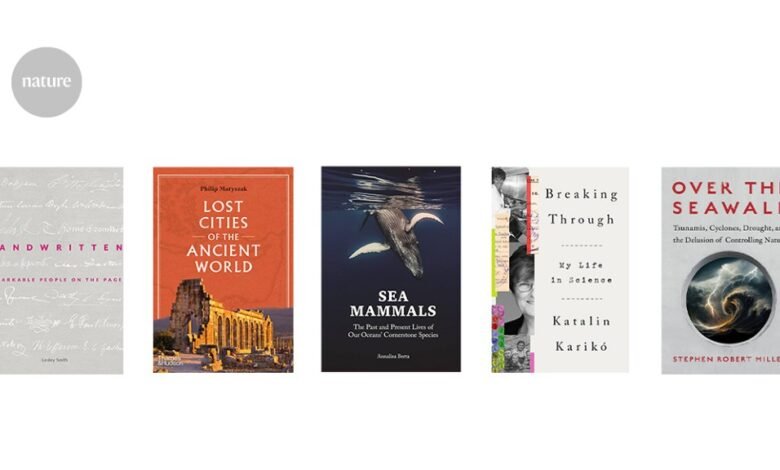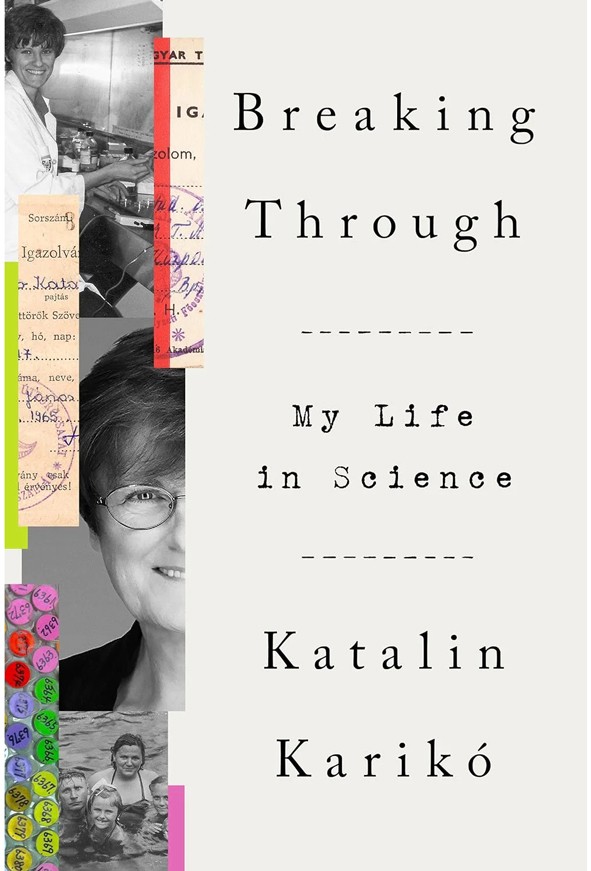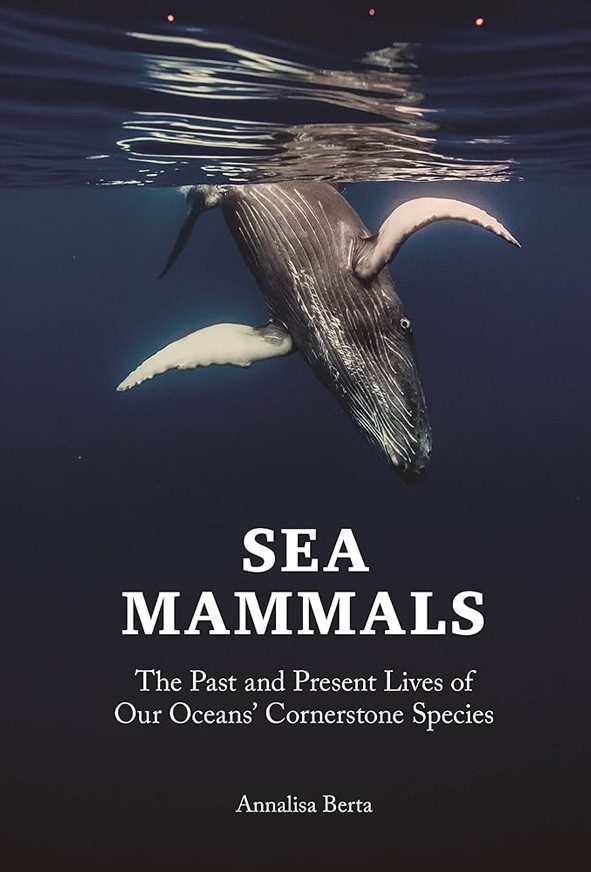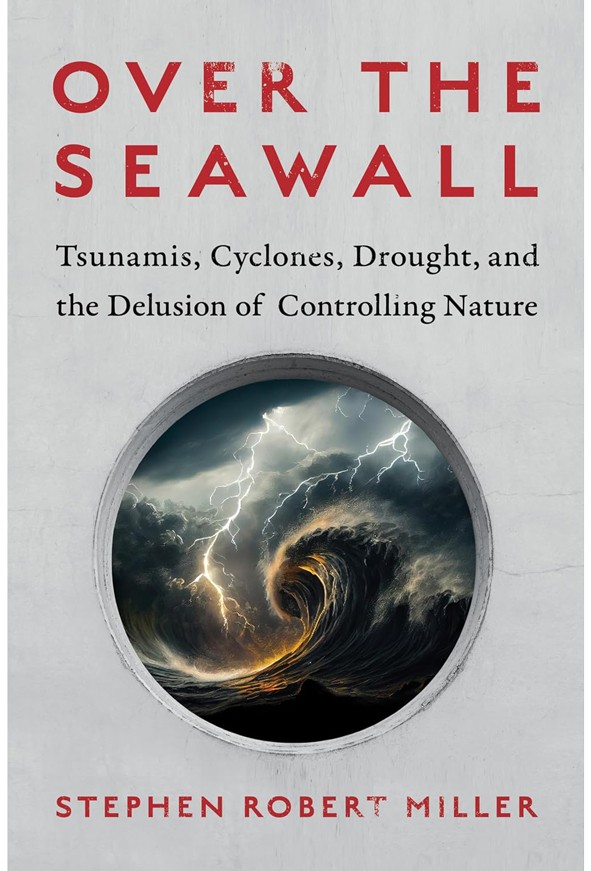

Breaking Through
Katalin Karikó Crown (2023)
Biochemist Katalin Karikó, daughter of a butcher, was born in 1950s Hungary in a cramped earth-brick house without running water. In 2023, she shared the Nobel Prize in Physiology or Medicine for discoveries that enabled the development of vaccines against COVID‑19. Her autobiography describes her vital, sometimes moving, personal and scientific struggle for success. As she writes of her father’s surprising mathematical gifts, “A person may lack prestige or a diploma but nevertheless have a swift mind.”

Handwritten
Lesley Smith Bodleian Library Publishing (2023)
In 1833, a seasick Charles Darwin wrote from Peru that he looked forward to the end of his 1831–36 global circumnavigation “with more interest, than the whole of the voyage”. This astonishing note appears in historian Lesley Smith’s compelling collection of handwritten documents held at the Bodleian Library in Oxford, UK. Others include Albert Einstein’s comic poem about Oxford and Dorothy Hodgkin’s sketch of penicillin’s molecular structure. “The handwritten text is the closest we can get to meeting the author,” comments Smith.

Sea Mammals
Annalisa Berta Princeton Univ. Press (2023)
There are 137 living species of sea mammal worldwide. The majority are cetaceans: whales, dolphins and porpoises. The blue whale is perhaps the largest animal that has ever lived, “rivaled only by a few dinosaurs”, notes palaeontologist Annalisa Berta in her illustrated survey of sea mammals based on a lifetime’s study. The reason is its diet: shrimp-like crustaceans known as krill, tiny but abundant in some oceans. To survive, it needs an enormous mouth, which can swallow a gulp of water equivalent to its body mass.

Over the Seawall
Stephen Robert Miller Island (2023)
Forest fires in the American West are today exacerbated by the US Forest Service’s attempts to stamp out fires in 1930s — creating tracts of unbroken forest unnaturally abundant in fuel. Academics call such fixes “maladaptation”, writes science journalist Stephen Robert Miller. He prefers “solutions that backfire”. His book examines three examples: a sea wall in Japan, location of the 2011 tsunami disaster; tidal management in the Ganges River Delta in often-flooded Bangladesh; and artificial watercourses in parched Arizona.

Lost Cities of the Ancient World
Philip Matyszak Thames & Hudson (2023)
The earliest cities — dating from the eighth millennium bc — were once regarded as defensive strongholds. But their accessible locations beside major rivers suggest they were created “for the purposes of government, religion, education and trade”, writes historian Philip Matyszak. His readable, well-illustrated book covers 37 “lost” cities in Europe, the Middle East and Asia, including Troy, Thebes and Persepolis. Inexplicably, it omits Indus Civilization cities such as Harappa, lost until the 1920s.
Competing Interests
The author declares no competing interests.
Source link



